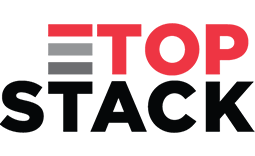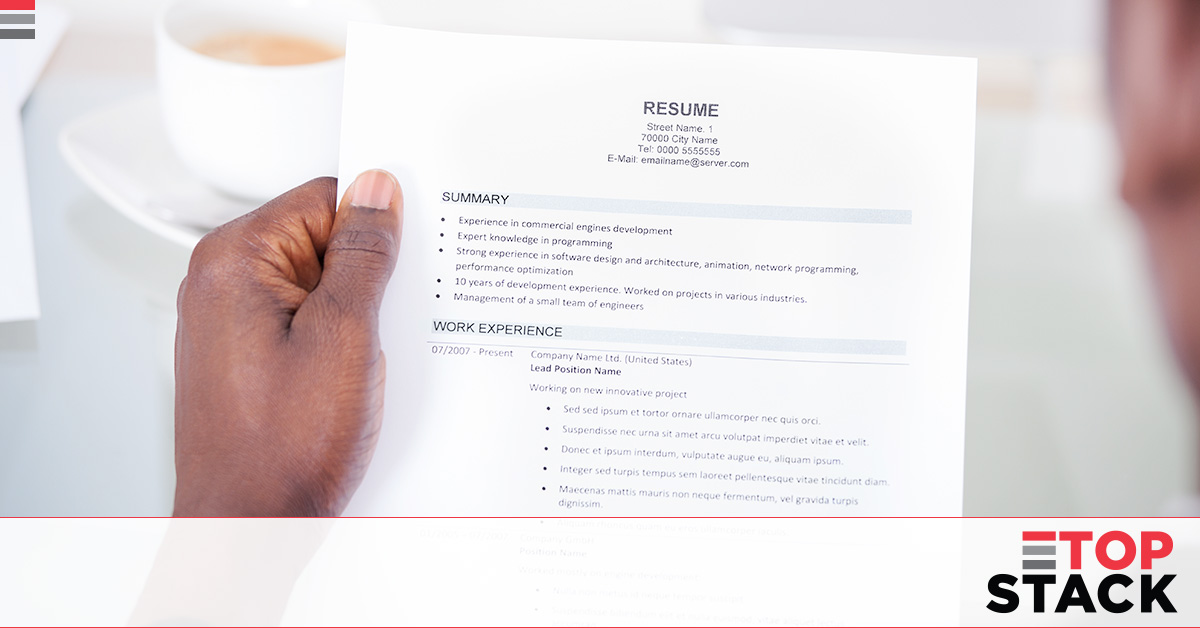Important Email Etiquette Tips When Searching for a Job

You may be surprised to know there are actual rules for email that apply to your job search. Most of us use email every day, but few people realize there are some best practice tips for using these tools for the job hunt. This article will give you all the tips you need to not only use these tools, but use them properly to get your candidacy noticed by the right employers.
Tip 1 – Keep Job-Seeking Emails Separate
Not only is it bad form to use your current work email to send out resumes, most of the time your employer has a monitoring system in place for what’s being sent. Getting caught searching for a job at work is usually grounds for being let go on the spot, so avoid the practice entirely.
Instead, set up a private email at Hotmail, Yahoo, Gmail or any one of a number of other free email service providers on the market today. From there you can send out inquiries and resumes to whomever you choose without jeopardizing your current employment relationship. Make sure your email address is professional; hotstuff1234@hotmail will turn off hiring managers, so keep it simple and appropriate.
Speaking of inquiries, whenever possible try, to reach out directly to hiring managers instead of a general email inbox. Did you know most jobs occur from networking and not from applying online? Sending a generic application usually fails, which is why we recommend approaching a hiring manager directly with a clear subject line stating the job you’re applying for.
Always include a signature at the end of every email, with your name, email, phone and LinkedIn profile.
What to Include in the Email
It may be tempting to send an abbreviated version of a cover letter to the hiring team because you’re using email. Skip abbreviations and emoticons or any slang you may normally use. In fact, the email actually takes the place of a professional cover letter, so what you should write is the full-on document you would normally produce in Word.
Like any other cover letter, your email cover letter should have a beginning, middle and end, just like any other business letter. Always have a professional signature at the bottom of the page. Given that reviewers will skim the content, keep it short and to the point.
Make sure you proofread so there are no typos on the email. You can install an app like Grammarly to help ensure your emails are clean and error free. If you’re still worried, send a test email to a friend and have them check it for you. Typos in an email cover letter are just as bad as typos on a resume.
The email should be succinct; make sure you mention the role you’re applying for, the skills you have (preferably in bullets) and the next steps. When attaching your resume, send it as a Word document or a PDF. Always thank the reader for the opportunity to apply and keep it to no more than three short paragraphs.
Finally, use a simple font like Times New Roman or Cambria. Don’t use color and use 10-point or 12-point font, so the email is easy to read.
While these tips will help your email get noticed, contact the recruiters at Top Stack to find out more actionable ideas for the job search today.

















